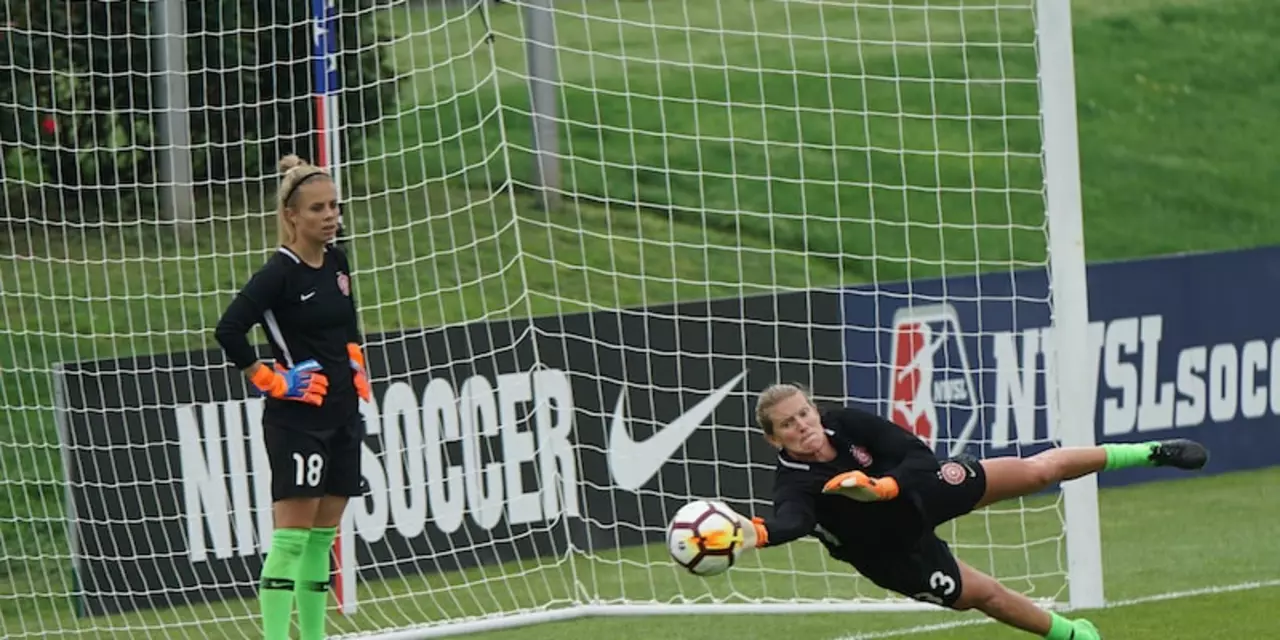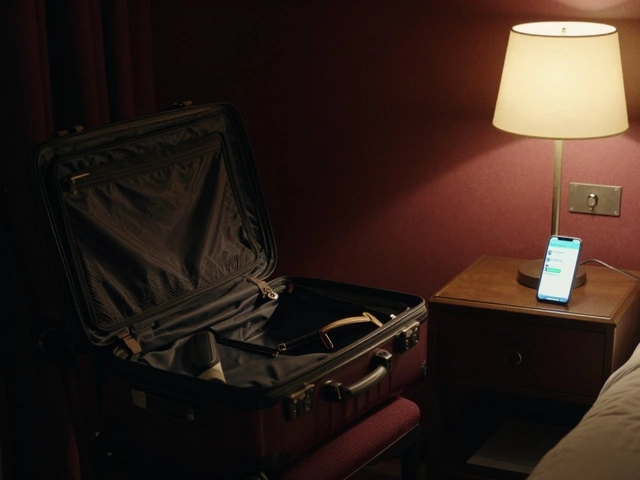Cleats: Your Quick Guide to Picking and Keeping the Best Soccer Shoes
When you step onto the pitch, the right cleats can be the difference between a good game and a great one. With so many brands, models, and features out there, it’s easy to feel overwhelmed. This guide breaks down the basics so you can pick the perfect pair and keep them performing season after season.
How to Pick the Right Cleat
First, think about the surface you play on most often. Firm natural grass needs a different stud layout than soft, muddy fields. Firm ground (FG) cleats have shorter, more widely spaced studs for traction on dry grass, while soft ground (SG) cleats sport longer, removable studs for muddy pitches. If you’re on artificial turf, look for turf (TF) shoes with many small nubs that spread pressure evenly.
Next, consider your foot shape. Some players have narrow feet that prefer a snug, tapered fit, while others need a wider toe box for comfort. Nike tends to run narrow, making it a good match for narrow feet, whereas Adidas often offers a broader fit that suits wider feet. Try both brands if you can—your foot will tell you which feels right.
Material matters too. Classic leather offers a soft feel and molds to your foot over time, but it can get heavy when wet. Synthetic uppers are lighter and dry faster, though they may not break in as slowly. Many modern cleats blend both to give a balance of comfort and speed.
Finally, look at the studs themselves. Some models feature conical studs that rotate for easier release, while others have bladed studs that dig in for aggressive cuts. If you love quick direction changes, bladed studs might give you an edge. For players who value stability, conical studs provide a smoother feel.
Keep Your Cleats in Top Shape
Cleaning your cleats after every game can extend their life dramatically. Brush off mud with a soft brush, then wipe the upper with a damp cloth. Avoid submerging leather shoes in water; a quick spot clean is enough. For synthetic shoes, you can use a mild soap solution, but rinse well and let them air dry.
Drying is crucial. Never toss cleats in a dryer or leave them in direct sunlight, as heat warps the material and weakens the studs. Instead, stuff them with newspaper and let them dry at room temperature. This also helps retain shape.
Stud maintenance is another simple habit. Check them before every match for loose or broken studs. Tighten any that feel wobbly with a small Allen key. If you play on soft ground, keep an extra set of SG studs handy—swapping them out saves you from slipping in the mud.
Storage matters too. Store cleats in a cool, dry place, away from direct heat. Using a dedicated shoe bag prevents dust buildup and keeps them ready for the next training session.
By following these steps—choosing the right type, fit, and material, then caring for them properly—you’ll get better traction, comfort, and durability from your cleats. That means more confidence on the ball and less time worrying about gear.
Ready to shop? Compare the latest Nike Hypervenom durability with the Adidas Predator fit, try both on your local pitch, and pick the pair that feels like an extension of your foot. Your next goal could be just a few steps away, thanks to the right cleats.
How to stretch soccer cleats?
This article provides an overview of the steps required to properly stretch soccer cleats. First, the cleats should be soaked in hot water for 10-15 minutes before they are stretched with a shoe stretcher. Additionally, the cleats should be stretched lengthwise and width wise, with extra attention given to the toe box. Furthermore, the cleats can be stretched with a hair dryer, by slowly moving the hair dryer over the cleats for approximately 10 minutes. Finally, the cleats should be worn for a few hours after stretching to ensure that they fit properly.



